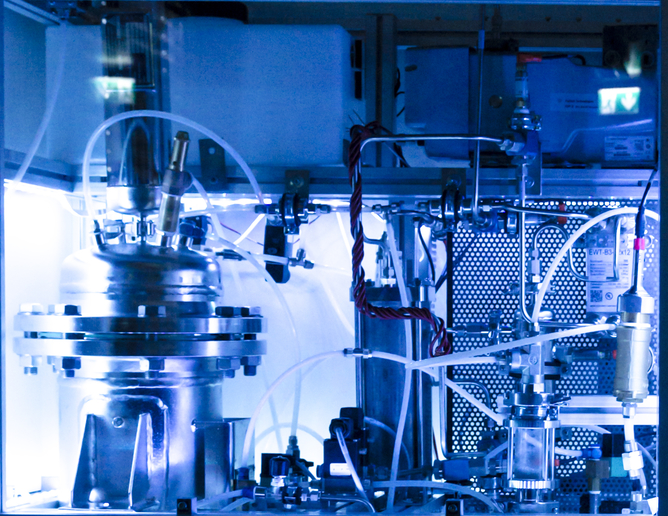A future fuel for the transport sector
In many ways dimethyl ether (DME) seems to be a promising future fuel for transport purposes. Produced from a wide range of feedstocks, such as natural gas, biomass, agricultural and urban waste, DME has excellent combustion properties. Emissions of carbon dioxide (CO2) and particulate matter from a diesel engine running on bio-based DME are extremely low, while high energy efficiency can be maintained. The European project AFFORHD, supported by the Fifth Framework Programme, has taken DME technology to a level high enough to allow demonstration and commercial development. Research focused on developing DME-tolerant fuel systems, addressing durability problems arising, in part, from the lack of lubricity - a quality on which conventional diesel fuel systems rely. DME also has very low viscosity, leading to problems such as internal leakage in supply pumps and fuel injectors. Project partners at the Technical University of Denmark concentrated their efforts on investigating the influence that fuel viscosity and lubricity may have on physical processes leading to wear. From laboratory tests based on the high frequency reciprocating rig (HFRR) test method, more accurate estimates of the boundary lubrication ability of low sulphur DME fuel were derived. Complementary computer simulations visualising molecular dynamics calculations revealed the role of molecular length in the observed wear during lubricity tests. Low viscosity DME fuels composed mainly of molecules of 6-16 carbon atoms, significantly less than diesel fuels, would need to have higher lubricity to attain an acceptable lifetime for the injection pumps. The new insights offered into boundary lubrication mechanisms that involve longer alkanes can guide future developments in this challenging technical area of DME vehicle applications.







